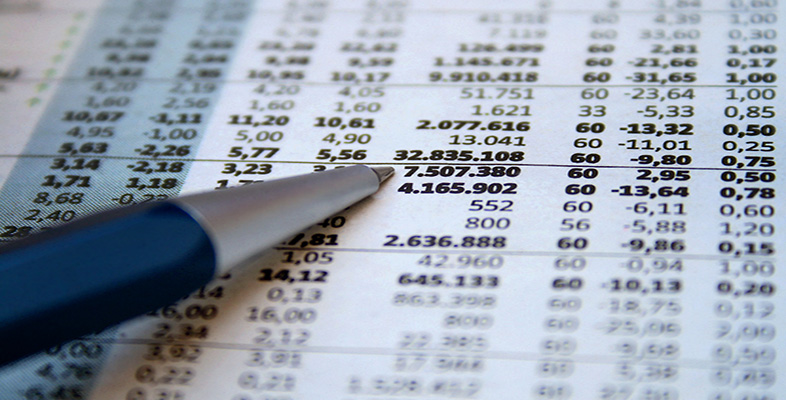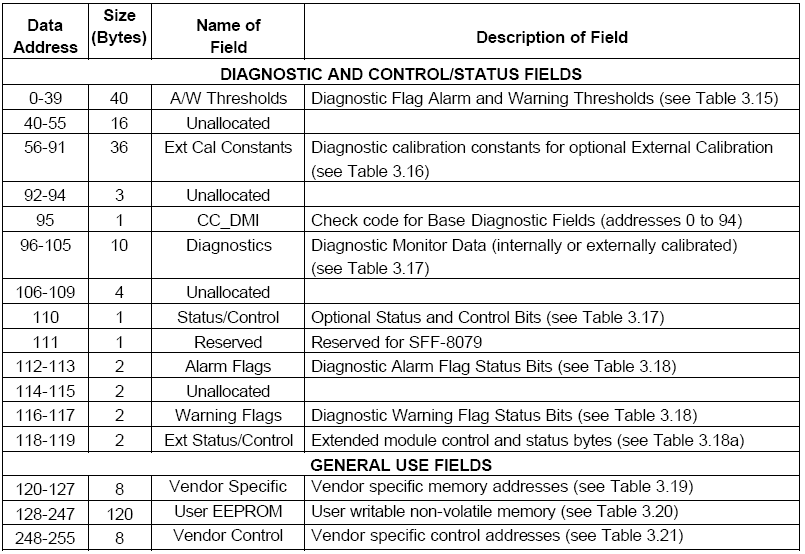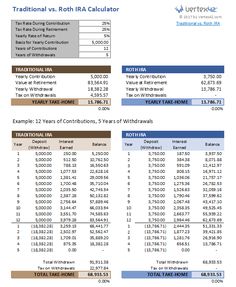Attention Required! Cloudflare
Contents
Either owner may deposit or withdraw funds and sign checks without permission from the other owner. The account’s holdings can be accessed at any time, without prior notice to the institution. The money is available “on-demand”—hence, the name “demand deposit” for this sort of account. In exchange for total accessibility, your demand deposit account may earn very little interest, if any at all. However, your funds are insured by the Federal Deposit Insurance Corporation for up to $250,000, which can provide some peace of mind. A demand deposit is the most accessible type of bank account, but it pays the least amount of interest and may come with fees.
- Bank deposits are money positioned into a deposit account at a banking institution, corresponding to financial savings accounts, checking accounts and cash market accounts.
- A checking account is a deposit account held at a financial institution that enables deposits and withdrawals.
- A checking account is a type of bank account designed for frequent transactions.
- Savings accounts don’t supply examine-writing privileges, though users can withdraw funds at a branch or ATM.
- Certificates of deposit pay more curiosity than standard financial savings accounts.
You can access your money whenever you need it, without receiving approval from the bank. So, every rupee one keeps in a Savings Bank account earns interest, calculated on the daily product method. Mitch has more than a decade of experience as personal finance editor, writer and content strategist. Before joining Forbes Advisor, Mitch worked for several sites, including Bankrate, Investopedia, Interest, PrimeRates and FlexJobs. I’m a freelance financial journalist and a regular contributor to U.S.
You’ll need to meet the bank’s minimum requirements to open an account, including providing your personal information and making your initial deposit. There are also time deposit accounts and negotiable order of withdrawal accounts. Understanding how each one works is important when deciding where to keep your money.
What Is a Demand Deposit?
Current account holders generally use these deposits to meet their daily needs. However, there may be a maximum limit on deposits withdrawn from these accounts, specified as the daily limit of the account holder’s account example of demand deposit balance. Demand deposits are important in consumer spending, as they hold the funds used to pay for everyday expenses. The expenses may include groceries, transportation costs, personal care items, and more.

The checking account may earn only zero or minimal interest since demand deposit accounts involve minimal risk. A demand deposit account is very common in the United States banking system. A demand deposit is simply money held in an account that you can draw upon on demand. Common forms of demand deposit accounts include most checking and savings accounts. Since the Federal Reserve requires banks to have reserves on hand to cover daily withdrawal requests, it has defined a demand deposit account in its Regulation D. A checking account is one of the most common types of demand deposit accounts.
Therefore, the interest rate provided by money market accounts can vary compared to savings accounts as it depends on the market interest rate. The company keeps its funds in demand deposit accounts in a local bank. When a customer deposits money to any of the company’s accounts, the accountant can withdraw the funds and make timely payments for salaries, wages, and suppliers. Demand deposits have a low interest rate, but the company can withdraw funds whenever they need money to pay for supplies, office expenses, and so on. Accounts falling beneath the minimal value sometimes are assessed a fee every time the stability drops beneath the required value.
Can I access Demand Deposits from financial institutions like Banks, NBFCs, etc.?
Demand deposits are a key component of the M1 money supply calculated by the Federal Reserve. A money market account essentially combines features of a checking account and a savings account into one. Demand deposits are accessible on-demand by customers at any time while time deposits require a minimum time period before customers can access their funds.

Investopedia requires writers to use primary sources to support their work. These include white papers, government data, original reporting, and interviews with industry experts. We also reference original research from other reputable publishers where appropriate. You can learn more about the standards we follow in producing accurate, unbiased content in oureditorial policy.
Importance of the Demand Deposit
Ebony Howard is a certified public accountant and a QuickBooks ProAdvisor tax expert. Christina Majaski writes and edits finance, credit cards, and travel content. A transaction deposit is a bank deposit that has immediate and full liquidity, with no delays or waiting periods. The main drawback of DDAs is that they offer little or no interest in the money in them. She holds a Bachelor of Science in Finance degree from Bridgewater State University and helps develop content strategies for financial brands. Anderson is CPA, doctor of accounting, and an accounting and finance professor who has been working in the accounting and finance industries for more than 20 years.
A demand deposit account at most banks will severely limit the interest than can be earned on money in this account. The funds in DDAs can be accessed with no limit and without the need of notifying the bank. The DDA withdrawal meaning, in this context, is that a person can physically or virtually access their funds without having to go through bank personnel. Most DDAs are personal accounts that are simple to open at most banks and require a low minimum to own the account.
However, many banks now offer no monthly charges and no minimal balances. Since the deposits in the bank accounts could be withdrawn on demand, these deposits are known as demand deposits. Given these information, we are able to say that there are upsides and downsides of going thru time deposit with banks or financial establishments. MMAs usually limit withdrawals, or transactions together with deposits, withdrawals, and transfers, to six per thirty days.

Together with coins and cash, demand deposits make up the M1 money supply, which includes the most liquid forms of money. Most of the NBFC activities are bank-like, and they are also authorized to make and lend investments, yet, as per RBI, NBFCs cannot accept Demand Deposits. There are three kinds of Demand deposit accounts where you can deposit or withdraw your money. The more money a bank holds in demand deposits, the more money it must keep in its bank reserves. Excess reserves are then loaned out by banks, contributing to the money creation process. Although steadily declining in importance on the commercial banking system’s balance sheet, such deposits remain an important source of funds.
The financial institution can’t require advance notice or charge a fee for letting you access the funds. A deposit is when a customer is placing funds inside an account they have at a financial institution. The demand deposit definition in banking is when a customer deposits money into a bank account which can be withdrawn at any time.
Types of Demand Deposit Accounts (DDAs)
A demand deposit is money that you deposit into a bank account from which you can withdraw on demand, at any time without any advance notice to the bank. Common examples of accounts that are often demand deposit accounts include many checking and savings accounts. Keep in mind, however, that not all checking accounts and savings accounts are demand deposit accounts. Typical demand deposits include checking accounts, savings accounts and money market accounts. If they do, the interest rate will be less than the rate paid on time deposits. Funds a depositor may need to access at any time should be kept in a demand deposit account.
Demand deposits are important for institutions, as the total amount held in deposit accounts determines the bank reserves that must be kept on hand. Bank reserves are held in the vault or on-site at the bank and are essential in the case of large unexpected withdrawals. As larger balances are held for extended periods in a savings account, it pays a slightly higher interest rate than a checking account. Checking accounts are the most accessible type of bank account, but they also pay the least amount of interest.
If you opt for a non-redeemable term deposit, on the other hand, your money will be tied up until your term is over. The most common example of a term deposit is a Certificate of Deposit . Unlike a traditional savings account, a CD requires you to lock away a lump sum for an agreed-upon term. While CD term lengths vary from lender to lender, they can be as short as three months and as long as 10 years. All bank accounts, including direct deposit accounts, have an account number that identifies the specific account.
With the on-demand feature of demand deposits, people can withdraw money at any time without the need to give the bank prior notice. Additional funds may be withdrawn from an ATM, debit cards, the bank’s teller, or through written checks. A savings account is for demand deposits held at a slightly longer duration compared to the short-term use of the checking account. Funds in the savings account offer less liquidity; though, for an extra fee, money may be transferred to the checking account.
A bank may also require you to maintain a higher balance to get started with a money market account. Are based on market interest rates based upon macro variable factors as determined by the country’s central bank. As the interest rates fluctuate daily, it becomes unpredictable as sometimes it offers more interest https://1investing.in/ than savings accounts and sometimes lesser. It also offers more or less the same other features as we discussed above for savings accounts. Banks generally do not charge any fee for maintaining this facility for their customers. Many also don’t pay interest, while many savings deposits and term deposits do.


